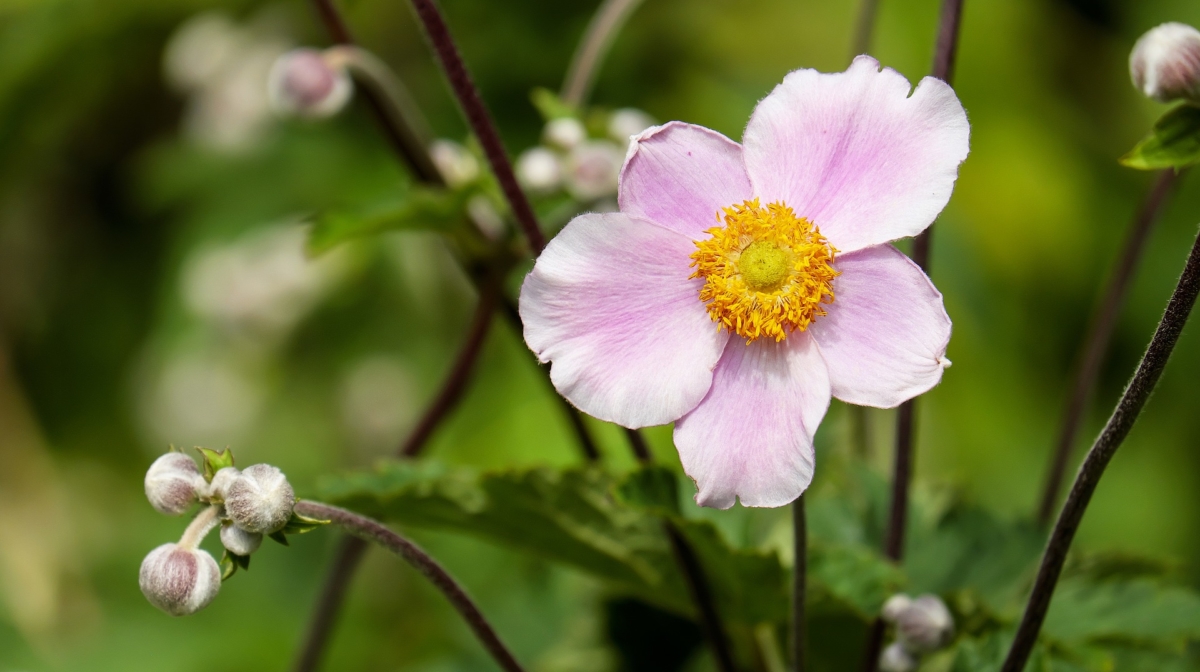May is when Mother Nature properly wakes up and gets her act together. All of a sudden, seedlings double in size, weeds triple in size and you find yourself frantically weeding, potting on, and watering. We are getting to the point where we have to keep seedling too young to be outside alive, whilst keeping up the sowing of seeds; not to mention successional sowing! Here is what you can be getting on with in the garden in May:

Peonies bloom in late spring and early summer. Get ready for a frenzy of colours!
In the garden:
- It’s time to get started on your hanging baskets! Remember to use good quality compost and consider using slow release fertiliser.
- Top up permanent potted plants with fresh compost water them regularly. Give them a balanced liquid feed every 2-4 weeks.
- There is still time to divide herbaceous perennials such as hostas.
- Harden off half-hardy bedding plants.
- Don’t cut down or tie foliage of spring-flowering bulbs, let them die naturally.
- Tie in climbers such as sweet peas and climbing roses. Cut back early flowering clematis.
- Prune spring-flowering shrubs.
- Take cuttings from tender perennials such as fuchsias and pelargoniums.
- Take soft wood cuttings of shrubby herbs, such as sage and lemon verbena.

Take cuttings of sage in May
In the kitchen garden:
- Earth up potatoes to avoid cold nights. If you haven’t planted them out yet, do it!
- Harvest rhubarb and asparagus.
- Thin out direct-sown vegetables such as spinach, carrots and lettuce.
- Keep mint roots under control as the herb will spread vigorously.
- Protect carrots from carrot fly with horticultural fleece. You can also plant carrot with alliums.
- Look into companion planting. Some plants bring out flavour, are sacrificial plants or deter pests from your crops.
- Harden off tomatoes, courgettes and pumpkins.
- Plant out brassicas and leeks. In dry weather, it’s best to water the drill before sowing seeds.
- Pinch out growing tips of broad beans as soon as beans start to appear.
- Make supports for climbers such as runner beans, French beans and peas.
- This out over-crowded seedlings.
- Put down straw around your strawberry plants so the fruit doesn’t rot.

Bees love borage. Grow some in your garden and allotment!
Sowing seeds:
Now is the time to start successional sowings of salad leaves. Additionally, why not create a mini-meadow in a container? Very easy to make, great for wildlife, and beautiful!
Sow indoors:
- Courgette
- Marrow
- Basil
- Melon
- Sunflower
- Sweet corn
- Cauliflower
- Primrose
- Sweet William
- Squash
- Salad leaves
- Dwarf climbing French beans
- Runner beans
Sow direct:
- Nasturtium
- Poppy
- Nicotiana
- Borage
- Pak choi
- Calendula
- Pea
- Snap pea
- Kale
- Chard
- Scabious
- Zinnia
- Carrot
- Linaria
- Spinach

Water your plants often, even if rain is forecast.
General:
- Water regularly! Even if rain is forecast. Choose to water early in the morning or in the evening, so the water has less chance to evaporate under the heat.
- Put up shading in the greenhouse.
- Open the greenhouse door and vents during the day.
- Check out for nesting birds before pruning shrubs.
- Feed lawn a high nitrogen fertiliser and keep watered. You can now lower your lawn mower blades, as long as it is not newly sown grass.
- Repot root bound.
- Cut comfrey to the ground to encourage more flowers. Put the leaves in a bucket with water and allow to decompose; they make a great fertiliser for your plants.
- Any plants delivered should be opened immediately.
- Weed, weed, weed. Do not turn your back on them! It tends to be easier to weed if the soil is wet as it is softer and roots won’t break off.
- Look out for pests such as slugs, black fly and aphids.
- There still may be late frosts; keep an eye on the weather forecast and protect tender plants.
- Scoop out pond weed, blanket weed and algae from your pond.
Don’t forget to check out our collection of all of our garden blogs to be in the know every month and get your planning down to a T this year!
